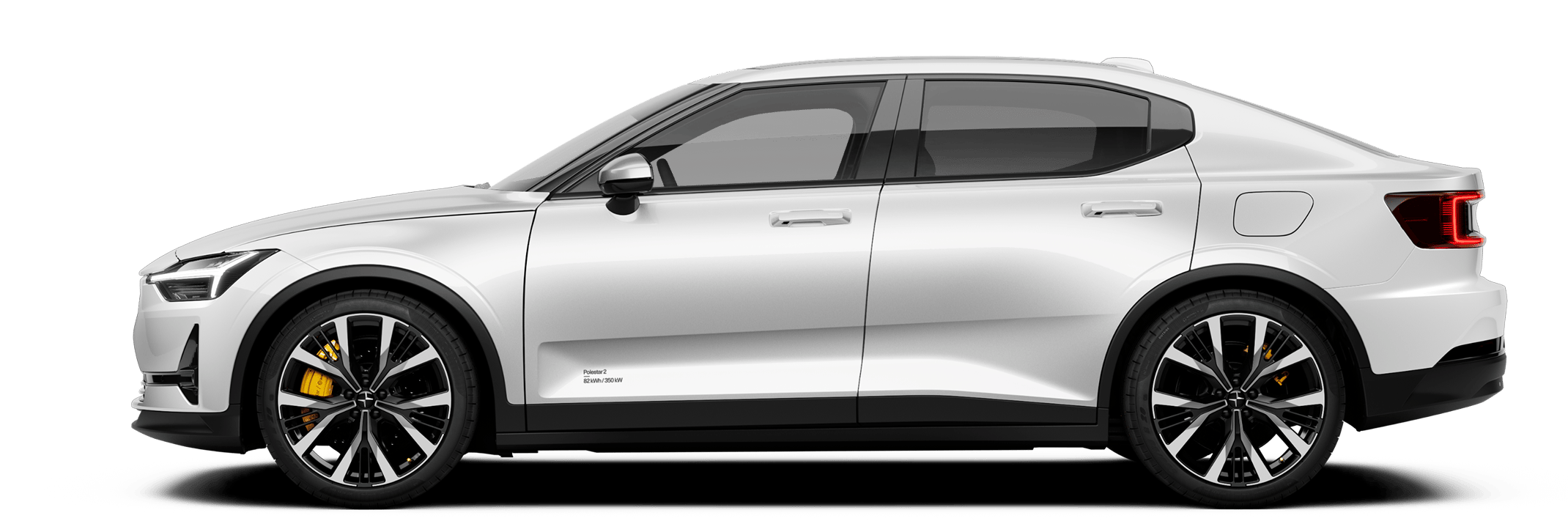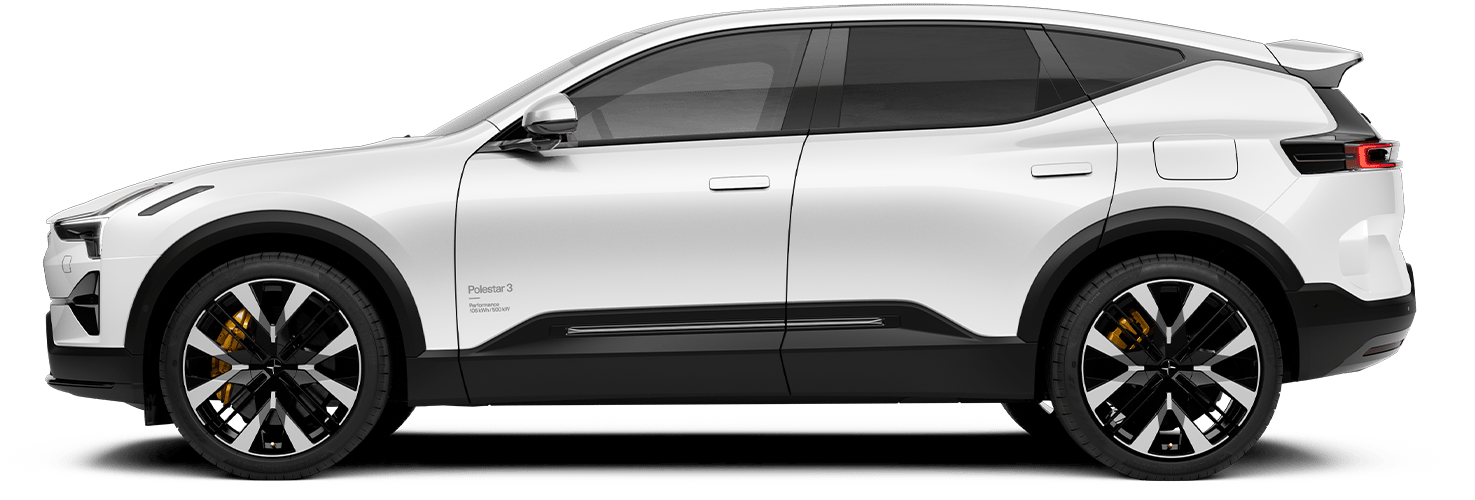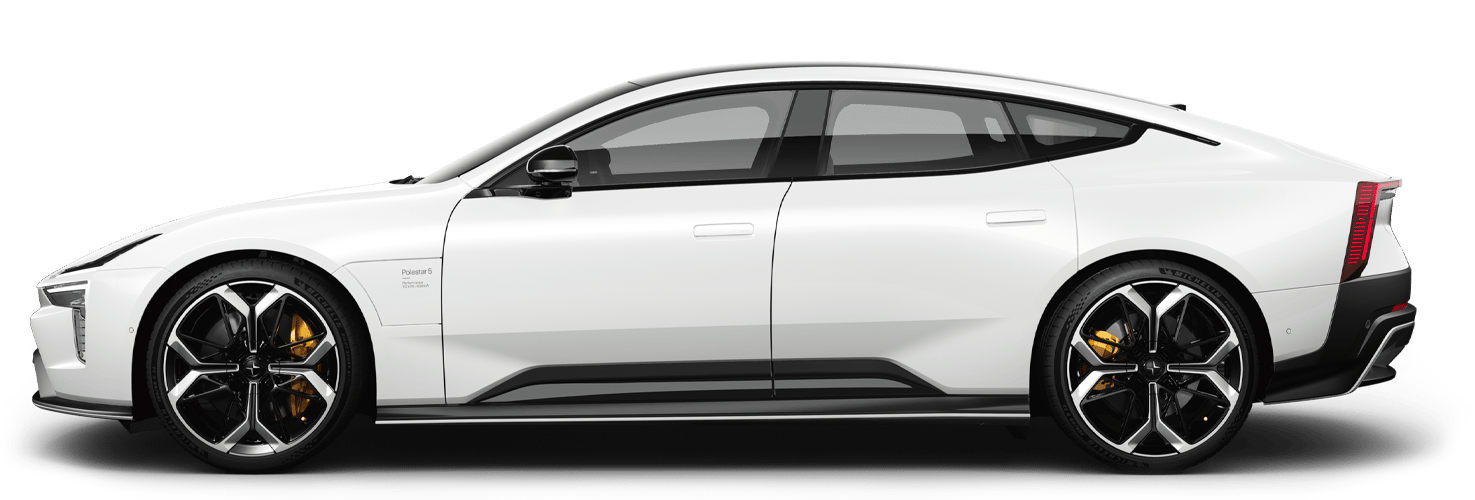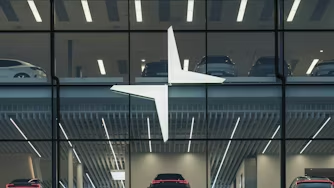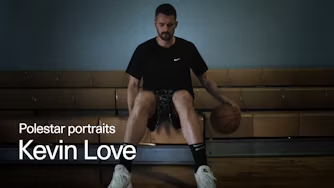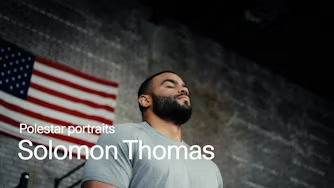Designing for the digital world: Why Sebastian Herkner wants to reengage our senses
With a deep respect for craftsmanship, tradition, and expertise – and a progressive approach to materials and colour – Sebastian Herkner designs objects of desire. But not just any objects; these are products that stand the test of time. Our special contributor, Nargess Banks, speaks with the award-winning designer about his iconic Bell Table, Polestar's design "freedom", and why it's important we reengage our human senses.
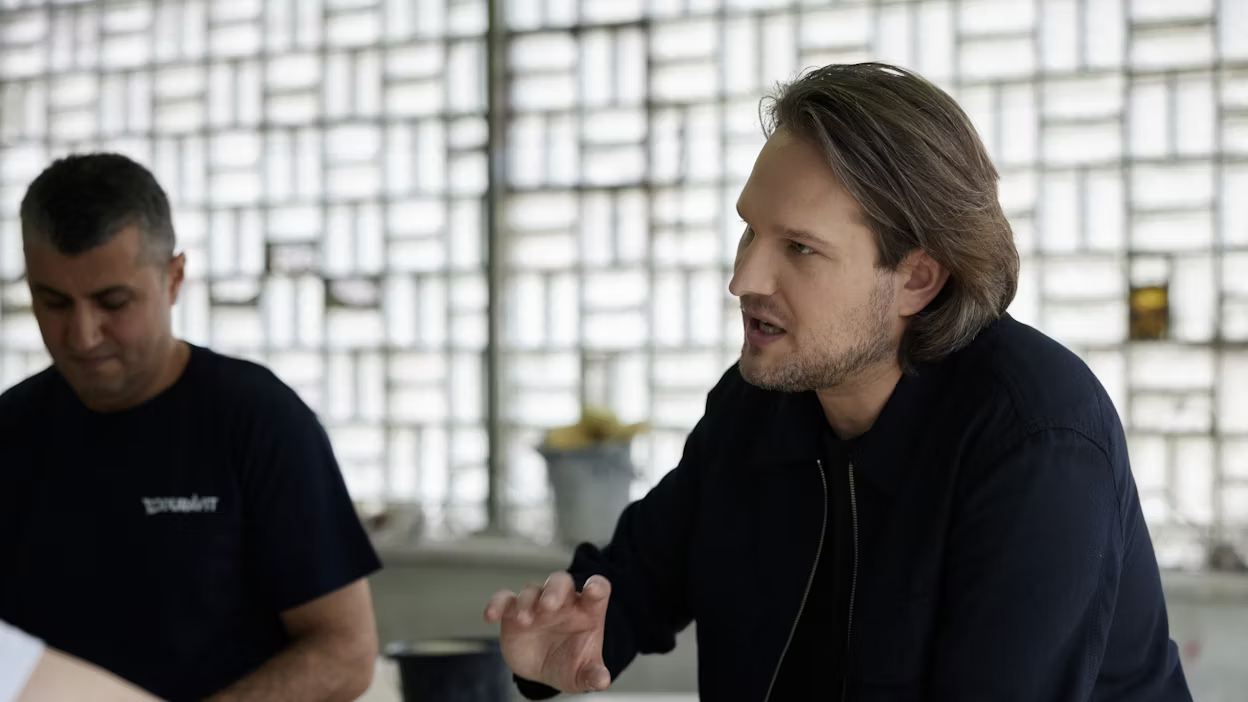
The city of Offenbach used to be the hub of German leather production. Major brands, like Goldpfeil and Montblanc, manufactured their wallets and bags here. But by the early 2000s, Offenbach's leather industries had shut down as production shifted to Asia. "The city lost its identity and has since been trying to reinvent itself," says designer Sebastian Herkner. "With loss of identity, you lose a culture."
Herkner studied industrial design at the Academy of Art and Design in Offenbach, where, upon graduation in 2006, he established his design studio. It should come as no surprise that the fate of his adopted city and his creative journey are somewhat intertwined. But this story begins some 100 kilometres away, in a small spa town in southwest Germany. Born in 1981 in Bad Mergentheim, Herkner grew up deeply attuned to the value of the artisan and the handmade. Among his memories are the family gatherings on Sundays, with lunch served on his grandparent's finest porcelain. Back then, craftsmanship mattered. Artisan products held deep value.
Herkner continues to passionately champion the art of craft and remains committed to reviving traditional skills and knowledge. "Mine is a balanced approach," he is quick to paint into this pastoral picture when we catch up, fittingly, on a video call. He says he looks back to traditional craft with a firm eye on future technology, new materials, and ways of production. "My work is driven by the experiences in our workshops; it's driven by communication, where the craftsmen and women work alongside my team from around the world."
Herkner designs furniture and everyday objects, as well as interior architecture projects and museum and exhibition design. He experiments with a wide range of materials, including glass, wood, metal, and textiles, to create unique and tactile designs, often involving bold colours and striking forms. The Sebastian Herkner Studio has collaborated with manufacturers such as Cappellini, Moroso, ClassiCon, and Thonet, to name a few. The designer is also the recipient of numerous accolades, including the 2021 Elle Deco International Design Award for "Best Designer of the Year". This year, Architectural Digest named Herkner among the top 100 designers shaping our world at their annual AD100 event in partnership with Polestar.
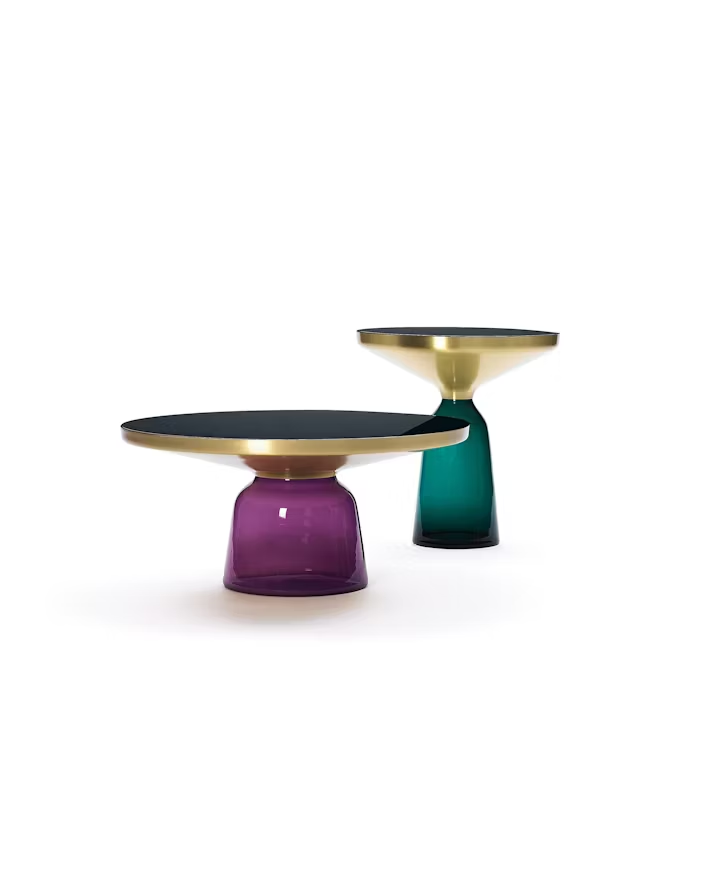
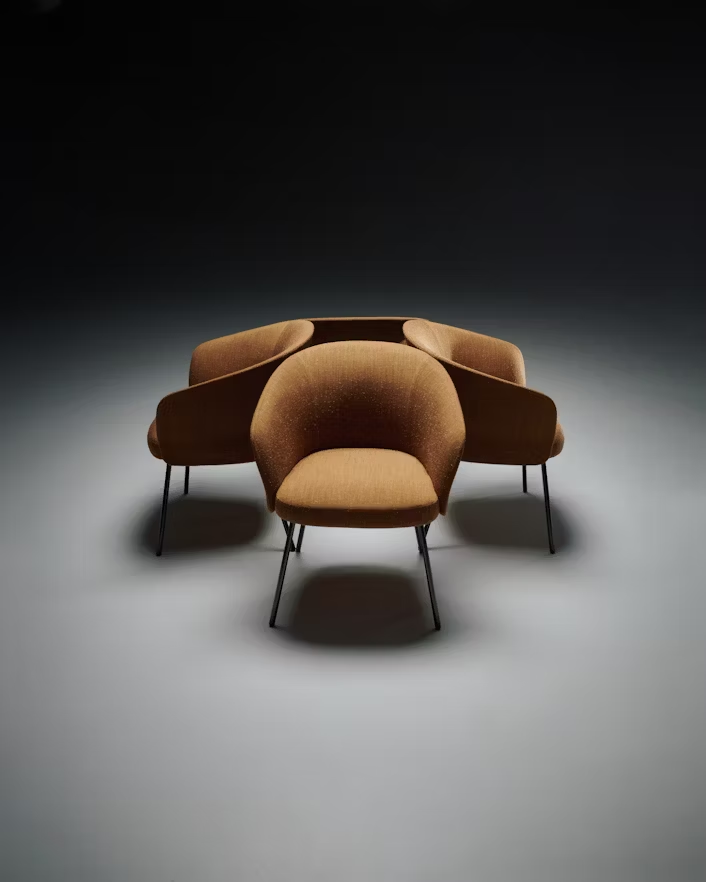
Breakthrough design
Herkner's breakthrough came in 2012 with the Bell Table. Designed for ClassiCon, with its brass or copper base supporting a hand-blown glass top, the table has gained icon status in contemporary furniture design for its unique combination of materials and forms. Back then, working so directly with craft was seen as going against the tide. All the major design fairs, such as Salone del Mobile, encouraged new materials and processes. Herkner painstakingly sourced the right glassblowers and metal spinners to partner with for the project. "I came up with this more traditional piece." The Bell Table remains a bestseller with the company.
"Today we shop mainly online, mostly work remotely, connect on video like we are now, and we lose a lot of haptic dialogue," he says. "We long for something we can touch and experience with all our senses. We want to know how the table smells and the lamp tastes – there is so much more to discover than what it looks like. As humans, we can connect with objects with all our senses, and this is what sets humans apart from AI and robots."
In our increasingly digitised world, Herkner is worried we may be losing connection to our wider senses. And he wants to reawaken these by retraining our senses to tap into the lost art of being present. Crucially, Herkner would like the consumer to be attuned to the value of materials. He wants us interested in their providence, appreciating that a beautifully crafted product takes time to conceive. "You can feel the passion, the knowledge, the energy – everything that makes a masterpiece."
Building relationships
A champion of "local possibilities", as he puts it, the designer also has a global outlook with his products made in various parts of the world, sourced for their regional skill. "I look behind the scenes to see how the craftsmen and women are creating. I will then start a dialogue with them, challenge them to see how we can push these traditions forward. People are more open to change when you create a dialogue on the same level," he says, adding with skills carried over hundreds of years, it's important to keep the knowledge alive, but equally critical to progress.
Service and end-of-life are increasingly fundamental to his design thinking too. "We need to have an eye on the sustainability of the product from the start." Herkner is committed to ensuring the recyclability of the product. Having an eye on sustainability may restrict some creativity, yet the designer's view is that, overall, it raises a positive challenge. "It may be a little more complicated at times, but it's our responsibility to think sustainably."
Herkner cites Stella McCartney, with whom he interned in 2003, as a formative cultural inspiration. From the British fashion designer, he learnt about inventive use of materials and colourways. McCartney also helped shape his non-conformist design thinking. She was ahead of the pack, publicly shunning animal fur in fashion and working with vegan materials. "She would say you need to swim against the river; that as a creative mind, it is important to have your own identity and attitude. If a product is nice, people may like it but will forget it. But if you do something different, people will think about it for a long time. This is true of all designs, including cars."
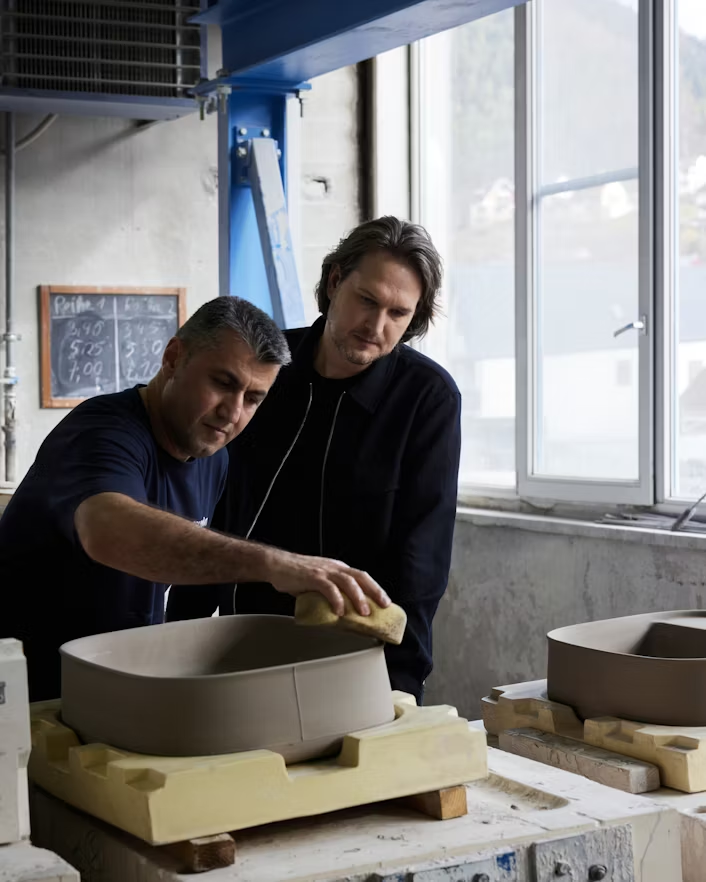
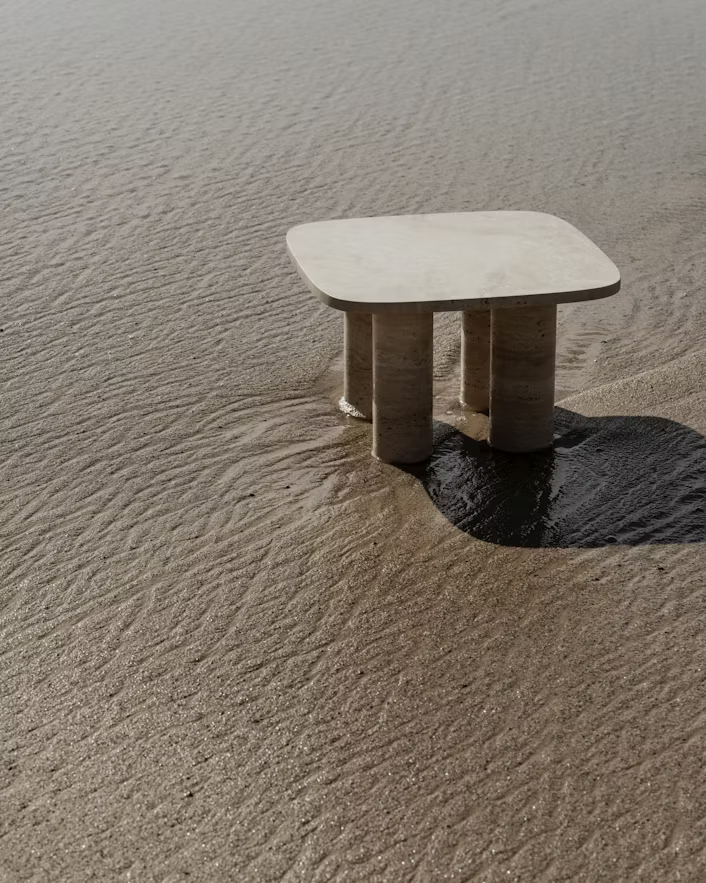
If you do something different, people will think about it for a long time
Freedom from the past
Herkner views car design in the age of post-combustion with caution. On the one hand, he is aware of the radical possibilities new modes of transport and technology allow, but equally respectful of regulations and the consumer. Herkner’s observation is that with all big shifts, companies should bring the consumer with them. He believes an overnight revolution is not the right answer. “Most new electric cars still look like cars,” he observes. “The exciting work is coming from new brands like Polestar; brands without heritage or history who can deal with the present. It’s an advantage to start from zero, have the vision, and the freedom to go ahead. It gives the designer huge freedom and gives the driver a newer perspective.”
Different cultures are what ultimately inspires Herkner. His face lights up when he talks of his world travels. “It is a huge privilege to work with local communities, be among them, listen to their music, eat their food.” He speaks of the pleasure of partnering with local artisans – be it in the Philippines or Columbia – and for them to see their skills, passed on through generations, brought to life in products that appear in major global design fairs. It instils pride in the artisan and highlights the significance of safeguarding craftsmanship while honouring expertise.
“It isn’t just about future, future, future. We need to have the stability of our experience,” he tells me, quickly clarifying, “I’m not nostalgic. I’m balanced. We need to understand that beauty in the crafted product, or an object, takes time and requires knowledge to create. The skilled people involved in making our designs give these products their human touch – they are passing crafted emotion to these products. We need to learn once again to be patient.”
Words by: Nargess Banks
